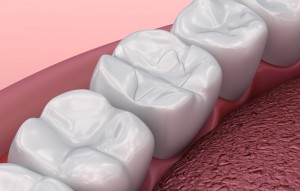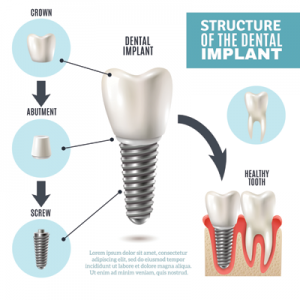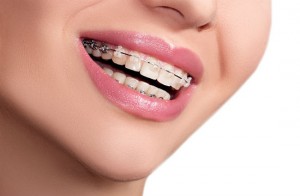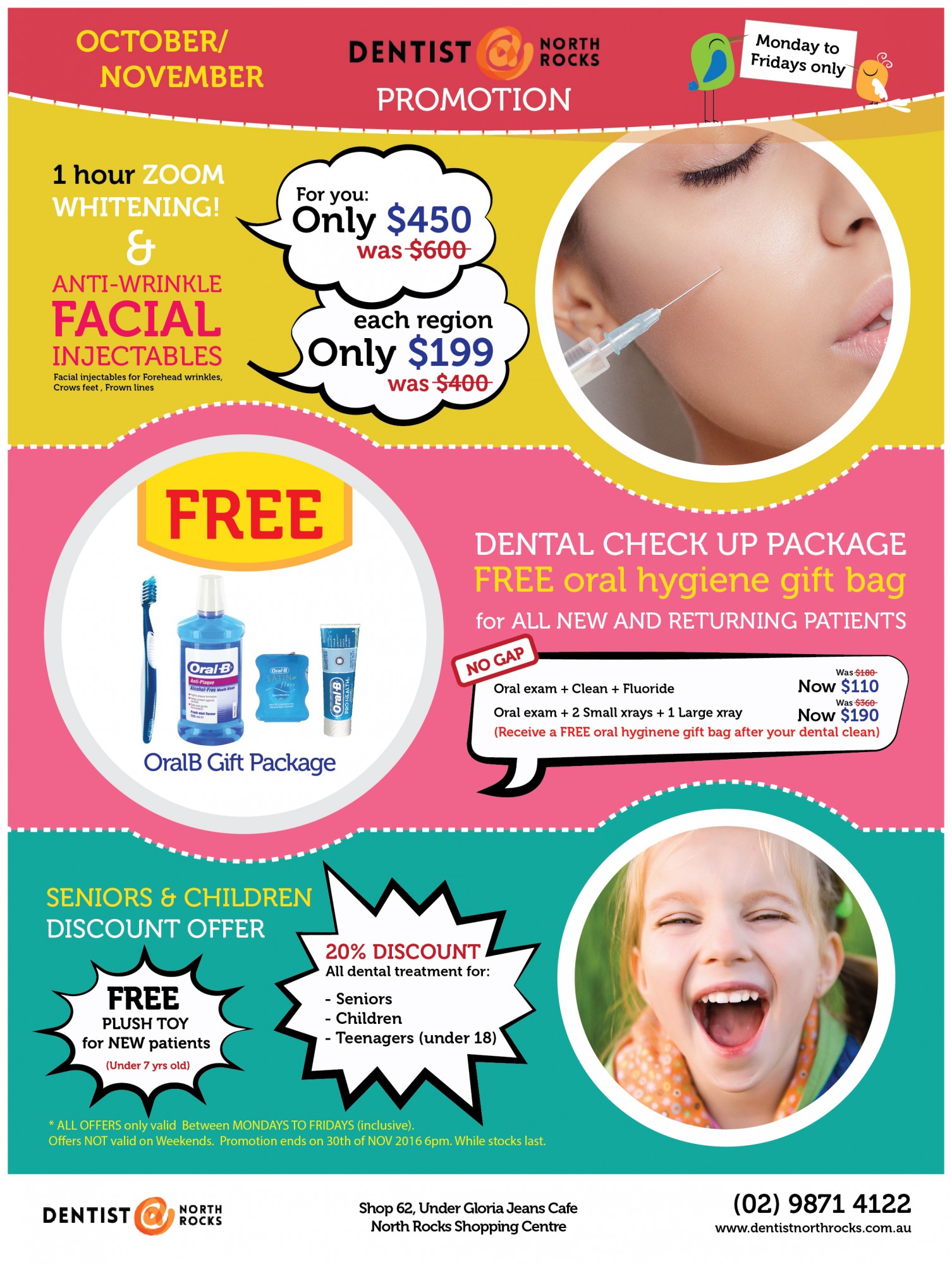Category Archives: Blog
Information Disclaimer
The content of this article is meant for informational purposes only and should not be considered a source of professional advice, recommendations, or endorsements. It is not a substitute for seeking expert guidance or making well-informed decisions based on individual circumstances. Although we strive for accuracy and reliability, we cannot guarantee the information's completeness or suitability for all situations. Readers are urged to verify facts, consult experts, and consider their own context before taking actions or decisions based on this content. No warranties, explicit or implied, are provided regarding the accuracy, timeliness, or completeness of the presented information. Relying on this information is at the reader's own discretion and risk. We encourage readers to consult relevant professionals or experts for advice tailored to their specific needs. Neither the author, publisher, nor any affiliated parties will be held responsible for errors, omissions, or damages resulting from the use or reliance on the information in this article.
Dental Sealants
Dental Sealants
Our back molar teeth sometimes suffer decay on the top surface, despite our best effort to brush and clean our teeth. This is because the top surface of these molar teeth is indented and grooved. This rough tooth surface is beneficial for chewing, but the small spaces here can be hard to clean. The pits and grooves on the top of our molars may be smaller than the bristles of our toothbrushes, so food and bacteria in these spaces are difficult to remove. This leads to tooth decay.
Devices like Waterpik can help clean these small spaces on the molars. Mouthwash can help too. But most of us don’t have a Waterpik, and even mouthwash cannot remove all the debris. So other preventative means against decay must be used.
The problem in cleaning these molar teeth seems to be more prevalent in children who still have their baby teeth.
Sealants
Dental sealants can help prevent decay on the back molar teeth. These sealants fill in the small spaces on the top of the molars, so there are fewer places for food and bacteria to be trapped. It is a relatively easier task to clean out the larger spaces.
Dental sealants will not fill in the large indentations on the back molars, so chewing is not affected.
Dental sealants developed over the course of the 20th century. Modern sealants are based on resin or glass ionomers. They are applied to the molars once the surface has been slightly roughened with acid etching, and quickly harden.
Ongoing research shows that sealants greatly reduce the amount or serious decay in back molar teeth. Newer sealants that contain fluoride seem to be even more effective than earlier types of sealants.
Dental sealants are reasonably straightforward to apply, and last for several years; 5 to 10 years is not uncommon. With children, the sealants will usually last as long as the baby’s teeth, so any new sealants will be applied to the permanent teeth.
Unfortunately, it is not possible to apply sealants to the other teeth in the mouth. Sealants only work on the rough surface of the back molars. The smooth surface of the front teeth will not hold a sealant. But as these smooth surfaces are much easier to clean the application of a sealant would not be appropriate or necessary.
Carlingford Dental
If you or your children have problems keeping the back molars clean then talk to your Carlingford Dentist about sealants for these back teeth.
Information Disclaimer
The content of this article is meant for informational purposes only and should not be considered a source of professional advice, recommendations, or endorsements. It is not a substitute for seeking expert guidance or making well-informed decisions based on individual circumstances. Although we strive for accuracy and reliability, we cannot guarantee the information's completeness or suitability for all situations. Readers are urged to verify facts, consult experts, and consider their own context before taking actions or decisions based on this content. No warranties, explicit or implied, are provided regarding the accuracy, timeliness, or completeness of the presented information. Relying on this information is at the reader's own discretion and risk. We encourage readers to consult relevant professionals or experts for advice tailored to their specific needs. Neither the author, publisher, nor any affiliated parties will be held responsible for errors, omissions, or damages resulting from the use or reliance on the information in this article.
Advantages of Dental Implants
Implants are a modern and reliable way to replace lost or badly damaged teeth. The implant looks and functions like a natural tooth.
Implants generally consist of a realistic replica tooth affixed to a metal post, though there are now some new emerging technologies that work with different materials.
The metal post is made of titanium which is implanted in the jawbone. Titanium is used because it bond to the bone at a molecular level (Osseointegration); this provided a very secure joint.
Till recently the outer replica tooth for implants was made of porcelain. This material looked very natural and was reasonably strong. But new implants are now using lithium disilicate or zirconia materials. Zirconia is significantly stronger than porcelain and its translucent qualities mean that it looks very realistic; this is used for replacing teeth at the front of the mouth. Lithium disilicate is an even stronger material, though it does not look quite as realistic in appearance; it is used for replacing the molars at the back of the mouth.
Some new technologies may bypass the metal post and make a tooth entirely out of lithium disilicate or Zirconia.
Dentist Implants Advantages:
- Unlike dentures the implants are permanent.
- Unlike bridges, the surrounding teeth do not need to be altered.
- Implants only require the same care, brushing, and flossing, that we should give to natural teeth.
- Complications from implants are quite uncommon
- Implants are very reliable, lasting for decades under normal conditions.
Looking for a Dentist in Carlingford?
Dental implants require two or three dental visits. But once affixed to the jaw they feel and function like natural teeth Patients can forget they even have implants. It is best to look after and keep our natural teeth. But dental implants provide a reliable alternative if we ever lose a tooth to damage or misadventure.
Information Disclaimer
The content of this article is meant for informational purposes only and should not be considered a source of professional advice, recommendations, or endorsements. It is not a substitute for seeking expert guidance or making well-informed decisions based on individual circumstances. Although we strive for accuracy and reliability, we cannot guarantee the information's completeness or suitability for all situations. Readers are urged to verify facts, consult experts, and consider their own context before taking actions or decisions based on this content. No warranties, explicit or implied, are provided regarding the accuracy, timeliness, or completeness of the presented information. Relying on this information is at the reader's own discretion and risk. We encourage readers to consult relevant professionals or experts for advice tailored to their specific needs. Neither the author, publisher, nor any affiliated parties will be held responsible for errors, omissions, or damages resulting from the use or reliance on the information in this article.
Types of Dental Braces
Braces remain one of the most common methods of straightening teeth. They are effective, even if they are initially awkward and uncomfortable. But braces as a teenager mean neat, functional teeth for the rest of one’s adult life.
Modern braces improve over older technology. The principles remain the same, but there are fewer intrusive parts, resulting in less irritation to the mouth. Some modern options are either transparent or tooth coloured, so they are less noticeable.
Traditional Braces
These are effective for any type of tooth and jaw alignment problem. They are moderately priced and will usually align the teeth in the space of about two years, depending on the severity of the problem.
Ceramic Braces
These are similar to traditional braces, but the main brackets are ceramic rather than metal, and the wires are transparent. This makes the braces less noticeable.
That is as effective as traditional braces, but they do cost more.
Lingual Braces
These are mounted behind the teeth, so they are virtually unnoticeable to any observer. But they can be very initially more painful. And they do require more maintenance, cleaning, and more frequent visits to the orthodontist.
Lingual braces are more expensive and are not suitable for some types of orthodontic treatment.
Carlingford Dental Alternative Options
There are some alternatives to braces
Invisalign
These are a series of clear aligners that can correct many minor alignment problems. They are largely unnoticeable and cause minimal discomfort. They can even be removed for eating.
Adults often prefer Invisalign, perhaps feeling that braces make them look like teenagers.
Carlingford Dentist for your Braces
There are many ways to achieve attractive, well-functioning teeth. The initial discomfort is worthwhile as the results last a lifetime.
Information Disclaimer
The content of this article is meant for informational purposes only and should not be considered a source of professional advice, recommendations, or endorsements. It is not a substitute for seeking expert guidance or making well-informed decisions based on individual circumstances. Although we strive for accuracy and reliability, we cannot guarantee the information's completeness or suitability for all situations. Readers are urged to verify facts, consult experts, and consider their own context before taking actions or decisions based on this content. No warranties, explicit or implied, are provided regarding the accuracy, timeliness, or completeness of the presented information. Relying on this information is at the reader's own discretion and risk. We encourage readers to consult relevant professionals or experts for advice tailored to their specific needs. Neither the author, publisher, nor any affiliated parties will be held responsible for errors, omissions, or damages resulting from the use or reliance on the information in this article.
Information Disclaimer
The content of this article is meant for informational purposes only and should not be considered a source of professional advice, recommendations, or endorsements. It is not a substitute for seeking expert guidance or making well-informed decisions based on individual circumstances. Although we strive for accuracy and reliability, we cannot guarantee the information's completeness or suitability for all situations. Readers are urged to verify facts, consult experts, and consider their own context before taking actions or decisions based on this content. No warranties, explicit or implied, are provided regarding the accuracy, timeliness, or completeness of the presented information. Relying on this information is at the reader's own discretion and risk. We encourage readers to consult relevant professionals or experts for advice tailored to their specific needs. Neither the author, publisher, nor any affiliated parties will be held responsible for errors, omissions, or damages resulting from the use or reliance on the information in this article.





